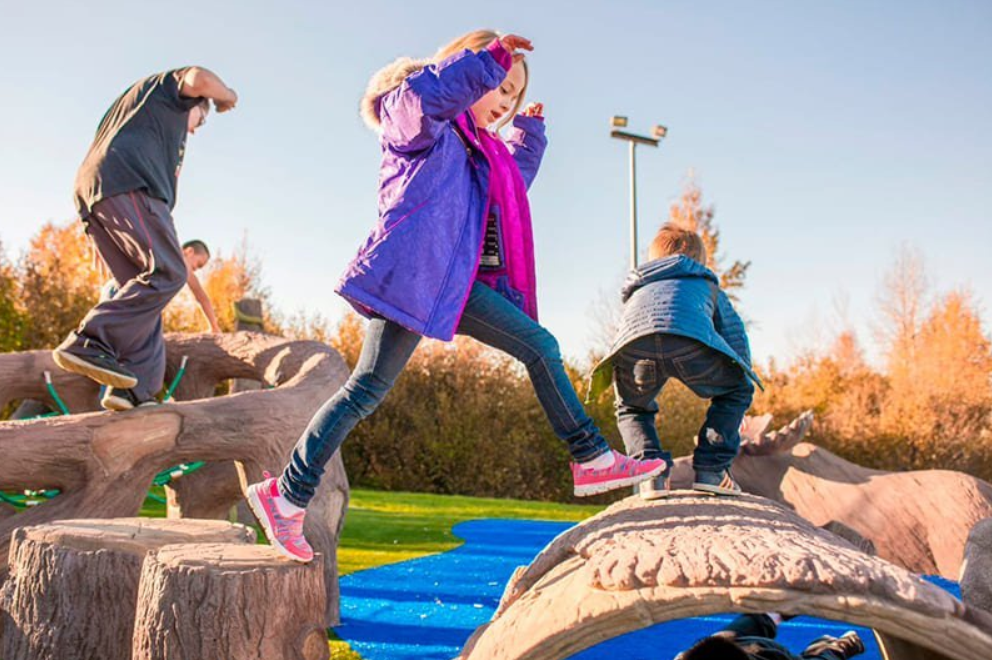Playgrounds are a hub of fun and excitement for children of all ages. However, ensuring children’s safety should be a top priority when visiting a playground. Following simple guidelines can create a safer play environment and reduce the risk of accidents. In this blog post, we will learn seven essential playground safety tips that all parents and caregivers should know to promote safe and enjoyable playtime for their children.
Choose age-appropriate playgrounds
When choosing a playground, make sure it is age-appropriate for the child. Different play structures cater to different age ranges, as younger children have different physical abilities and coordination than older children. Your child should be encouraged to play on equipment designed for his age, reducing the chances of accidents due to the size or complexity of the equipment. One solution for children of different ages and abilities to play together on the same systems, but with a degree of complexity appropriate to their age, is to choose inclusive playgrounds.
Supervise and stay alert
One of the most crucial safety measures is constant, vigilant supervision. Watching children while they play would be best, as accidents can happen quickly. Stay alert, avoid distractions, and be prepared to help or intervene. By actively supervising your child, you can spot and address potential hazards before they become dangerous.
Teach children to behave appropriately on the playground
Instilling good behavior in your child in the playground is essential for their safety and the safety of others. Teach them to take turns, share equipment, and avoid risky behaviors like pushing. Please encourage them to be mindful and respectful of others’ personal space and to engage in cooperative play. Your child can avoid unnecessary accidents and conflicts by fostering a positive and considerate approach to play.
Inspect the equipment and environment
Before allowing children to play, a quick inspection of the playground equipment should be made. Look for signs of damage, loose fittings, or sharp edges that may pose a hazard. Check for potential hazards, such as broken glass, debris, or tripping hazards. Reporting any problems to those responsible for the playground will help maintain a safe play space for everyone.
Wear appropriate clothing
Make sure your child is dressed appropriately for the playground environment. Closed-toe shoes should be worn to protect their feet and provide excellent stability when climbing or running, and avoid loose clothing, laces, and accessories such as necklaces or scarves, which can become entangled in equipment or cause accidents.
Use sun protection and hydration
Take precautions to protect your child from potential sun-related hazards at the playground. Apply sunscreen with a high protection factor to exposed skin, including the face, arms, and legs. Children should drink water frequently to stay hydrated, especially during warmer weather. These measures will help prevent sunburn, sunstroke, and other sun-related illnesses.
Teach proper fall techniques
Falls can still occur despite taking the necessary precautions and covering the floor with protective surfacing. Teaching the child to fall safely by landing on hands and knees rather than fully extending the arms is essential. Let him learn to roll to the side and protect his head and neck during a fall. By learning proper fall techniques, the child will minimize the risk of serious injury in the event of an accident.
What did you think of this topic? Do you want to know more about security in playgrounds?
If you want a Playground for your project, community, school, daycare, or park, contact us by visiting the following link.
